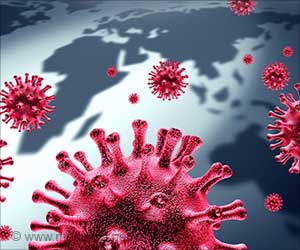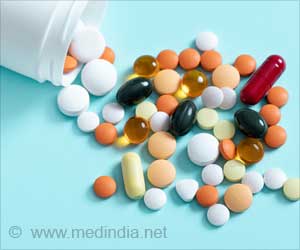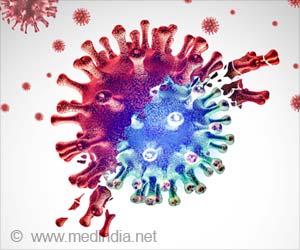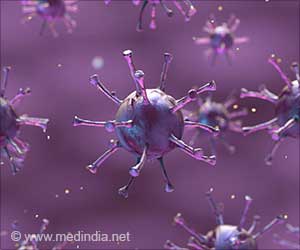Coronavirus particles on surfaces could remain infectious longer when temperature drops in winter, finds a new study.
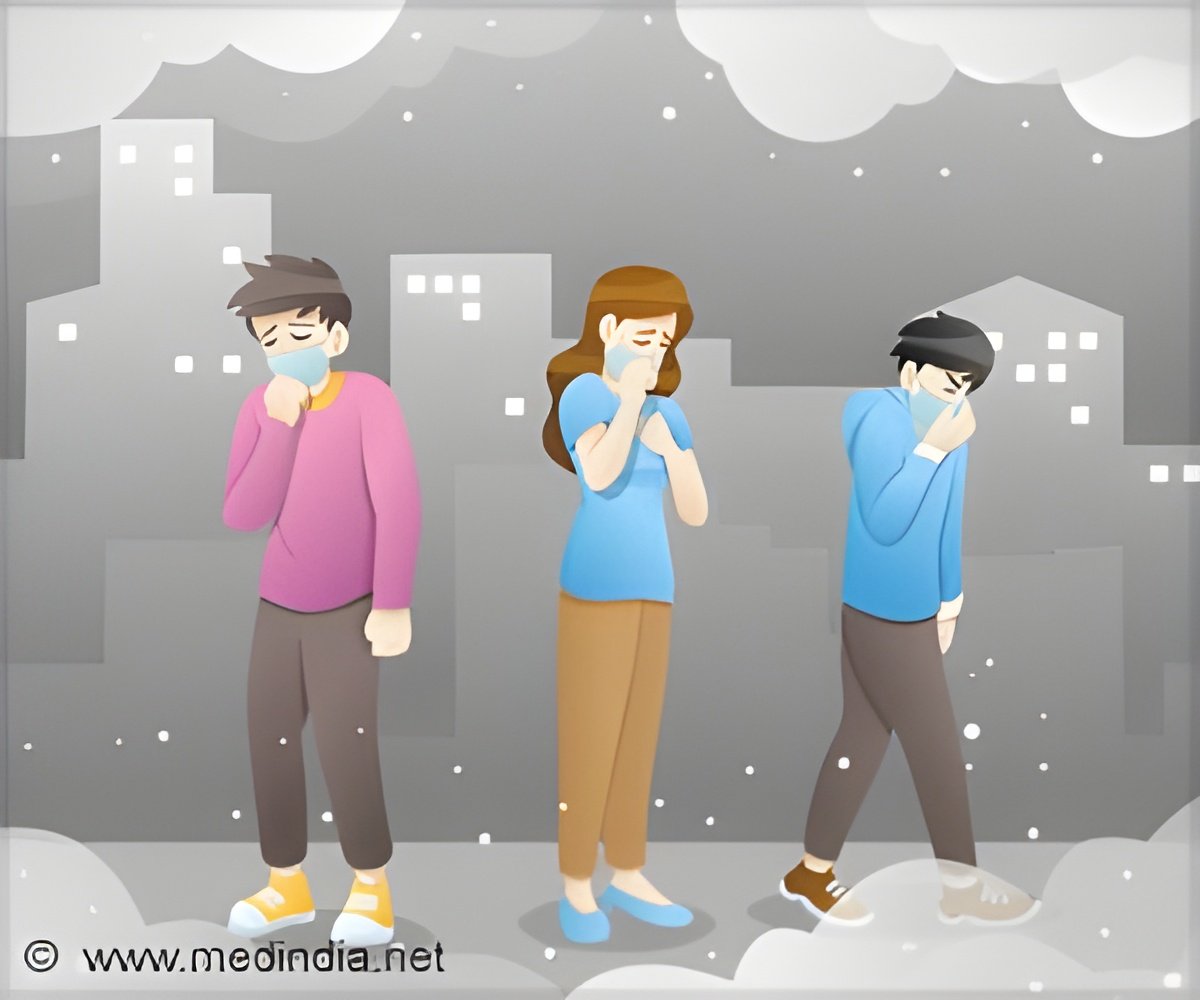
A new study tested how temperatures and humidity affect the structure of individual SARS-Cov-2 virus-like particles on surfaces. They found that just moderate temperature increases broke down the virus' structure, while humidity had very little impact. In order to remain infectious, the SARS-Cov-2 membrane needs a specific web of proteins arranged in a particular order. When that structure falls apart, it becomes less infectious. The findings suggest that as temperatures begin to drop, particles on surfaces will remain infectious longer.
This is the first study to analyze the mechanics of the virus on an individual particle level, but the findings agree with large-scale observations of other coronaviruses that appear to infect more people during the winter months.
"You would expect that temperature makes a huge difference, and that's what we saw. To the point where the packaging of the virus was completely destroyed by even moderate temperature increases," said Michael Vershinin, assistant professor at the University of Utah and co-senior author of the paper. "What's surprising is how little heat was needed to break them down--surfaces that are warm to the touch but not hot. The packaging of this virus is very sensitive to temperature."
The paper was published online on Nov. 28, 2020, in the journal Biochemical Biophysical Research Communications. The team also published a separate paper on Dec. 14, 2020, in Scientific Reports describing their method for making the individual particle packaging. The virus-like particles are empty shells made from the same lipids and three types of proteins as are on active SARS-Cov-2 viruses, but without the RNA that causes infections. This new method allows scientists to experiment with the virus without risking an outbreak.
The SARS-CoV-2 is commonly spread by exhaling sharply (e.g., sneezing or coughing), which ejects droplets of tiny aerosols from the lungs. These mucus-y droplets have a high surface to volume ratio and dry out quickly, so both wet and dry virus particles come into contact with a surface or travel directly into a new host. The researchers mimicked these conditions in their experiments.
Advertisement
They saw very little difference under levels of humidity on surfaces. However, the scientists stress that humidity likely does matter when the particles are in the air by affecting how fast the aerosols dry out. The research team is continuing to study the molecular details of virus-like particle degradation.
Source-Eurekalert




